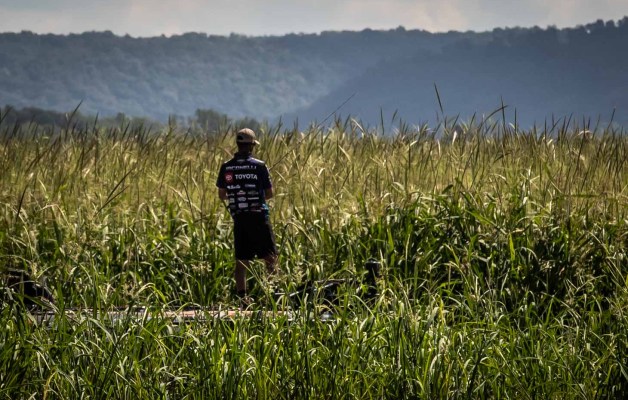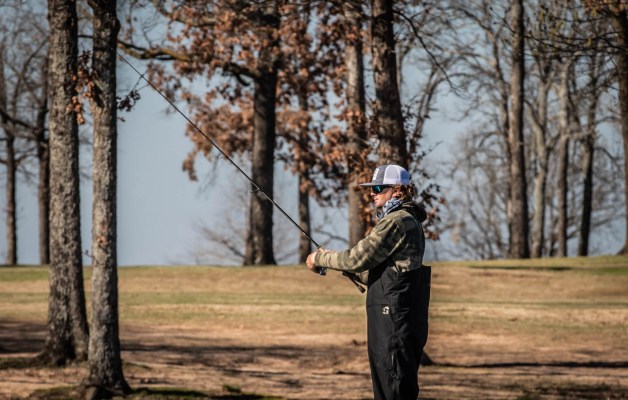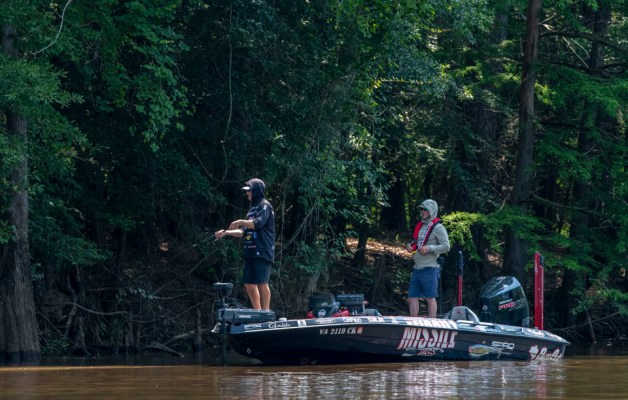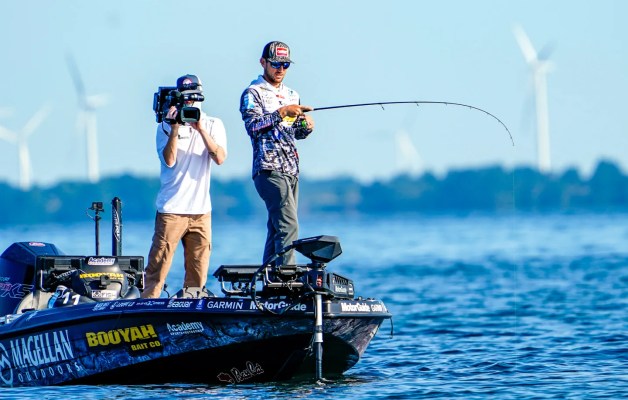This time we need to talk about early smallmouth movement. But before we do I want to make a couple of observations about the Classic. The water was cold out in Oklahoma, somewhere between the upper 30s and the lower 40s. Yet, the anglers caught the fire out of them, especially on the first day, which was the coldest day.
That proves my point from two weeks ago. Bass move early. I know that Bassmaster Classic qualifiers are better anglers than most of us, but I also know that they were catching largemouth. The point is that savvy anglers don’t wait too long in the spring to get going.
Most of the time the largemouth and smallmouth huddle in the same places during the dead of winter. When the movement first starts, they tend to follow the same paths. When they get into shallower water, however, they split and move in very different ways. The largemouth tend to move towards very shallow spawning areas while the smallmouth are moving towards deep flats.
This means that if you’re going to find the brown bass you’re going to have to identify different highways. I look for channel breaks, old roadbeds, drainage ditches and stump fields that don’t go into the bays or the backwater areas of the lake. I look for those that go from the main lake wintering areas into steeper banks, bluffs and stuff like that. That’s where I’m more likely to find suitable flat spots for them to spawn.
There’s a couple of different ways to find those paths and spots. I’ll tell you how I do it. First, I get a couple of good maps, maybe paper ones or Internet ones or the ones that come on electronic chips. It doesn’t matter which. Just make sure you have good ones that show everything that’s under the water. Mark likely areas carefully and then head out to the lake.
This is the point at which you’ll need to know how to use your electronics. No matter how good your maps are they won’t be perfect. Stuff fills in over time, and in a surprising number of cases the maps are off. And they don’t have to be off by much to mess you up. Just a few feet will make the difference between catching fish and throwing into open, barren water.
Once you’ve looked over an area and have it marked properly, you’ll be ready to go fishing. Where you start is a tough question. In the northern part of the country you’ll want to start out deep near the main lake wintering holes if you’re fishing right now. On the other hand, if you’re in a more southern part of the country, the smallies might already be on the flats getting ready to lay their eggs.
The weather matters, too. This will likely be an early spring in most of the country so they might be farther along than you’d think for this time of the year. That’s a judgment you’ll have make for yourself based on your local conditions.





